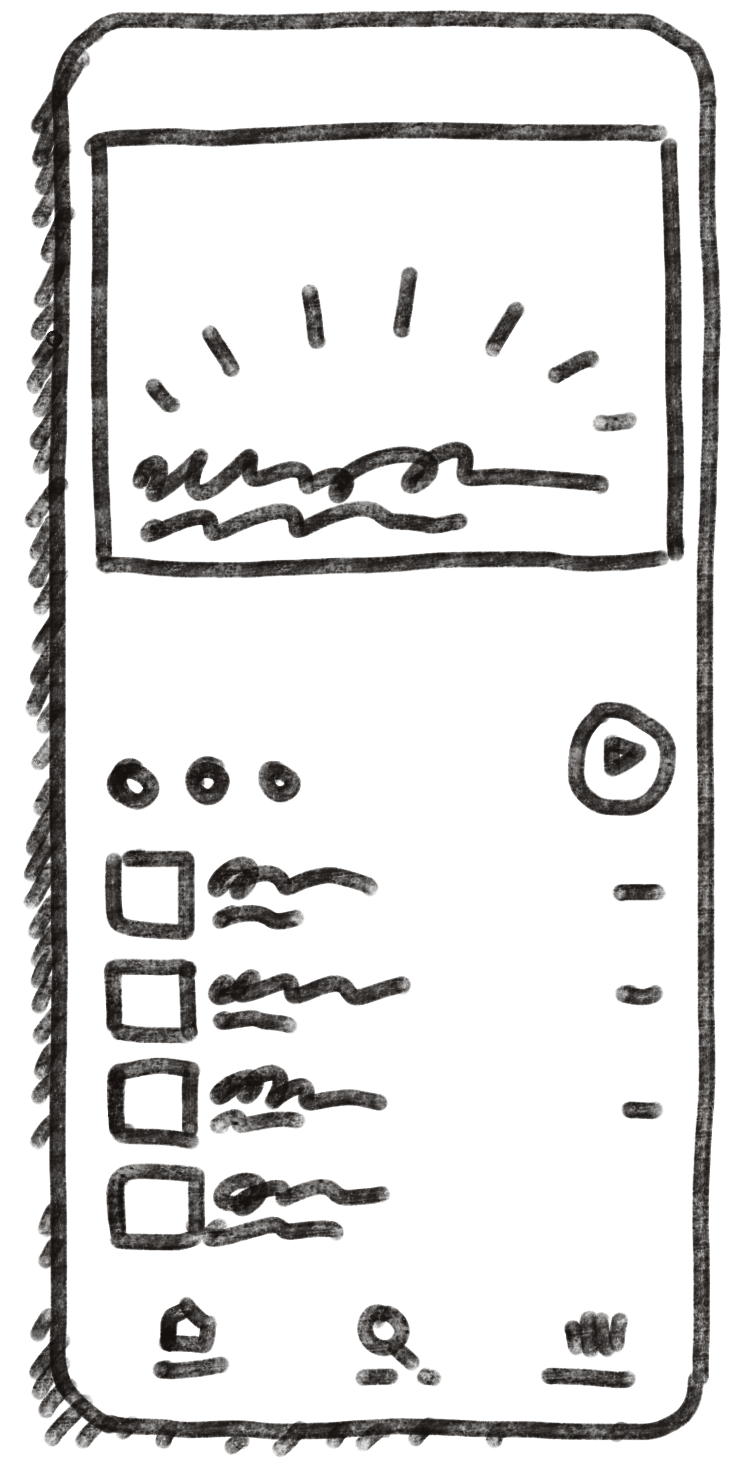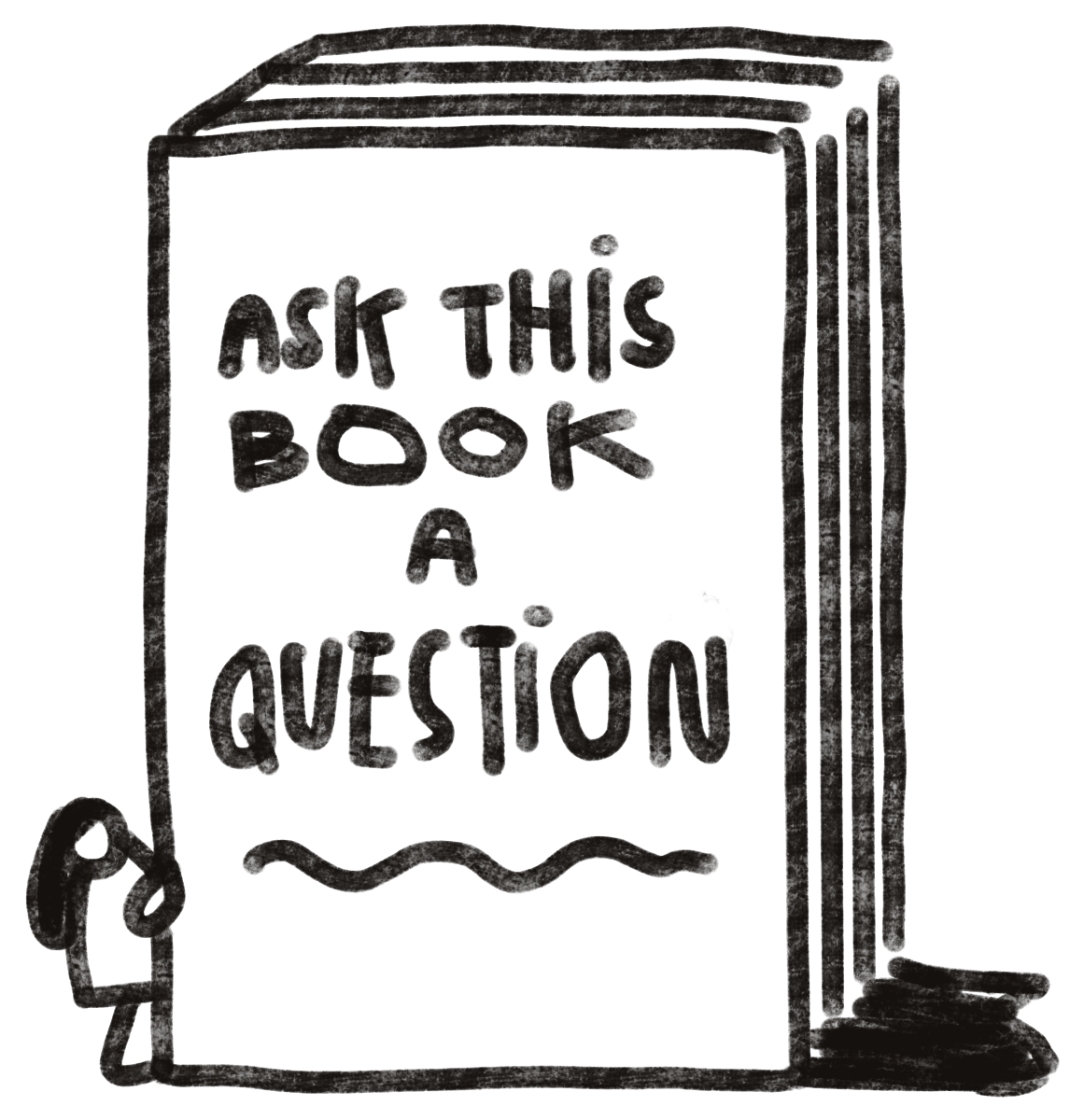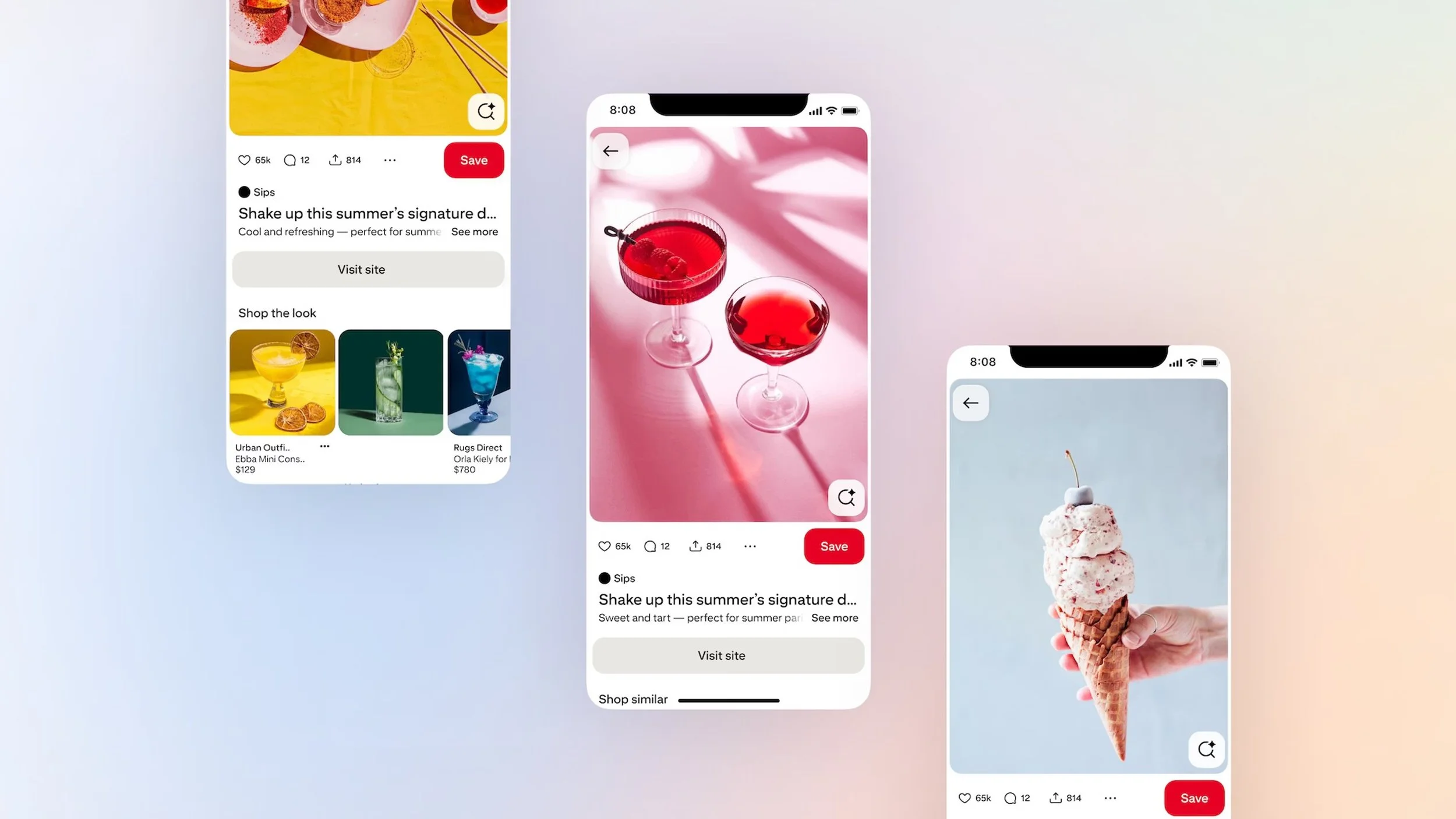My work explores the relationship between behavioral science and product design.
How do we find inspiration in our lives?
At Pinterest, I explore how we might help our users take the leap from dreaming to taking productive action.
What are alternative, sustainable ways that brands and tastemakers might enrich our lives?
My work at Spotify explored how we might move beyond ad-driven models to sonic brand expression on an audio-first platform.
How might we balance making mindfulness approachable, while also keep the quality of the practice?
My work at Headspace explored applying cognitive and emotional models to help users build healthy meditation habits.
How might we make decisions that align with what we truly want and need?
My book explores an new approach to helping people learn about cognitive bias.
Pinterest: Collaboration on Closeup
At Pinterest, we believe great design happens through thoughtful collaboration. I am the design lead for the Closeup surface, one of our most visited touch points. Think of it as Pinterest's town square: a central gathering place where users evaluate content, make decisions, and continue their inspiration journey. I created a process that brings teams together while keeping this shared space consistent and delightful for everyone who visits.
Spotify: Brand Expression
Spotify has always been more than a music player. It’s a daily companion—there when you’re getting ready in the morning, walking to work, or unwinding at night. Where other platforms ask for attention in short bursts, Spotify blends into life in a way that feels personal and lasting. That intimacy gave us a unique opportunity: to help brands connect with people not as interruptions, but as part of their world.
As a designer in Spotify’s Advertising Experience org, I explored different ways for brand expression on Spotify to feel as natural and memorable as the music itself by:
Extending their presence beyond traditional ads
Becoming useful, inspiring, and even comforting to listeners, and
Creating experiences that live on in people’s memories, shaping not just a moment, but their routines and moods.
I wanted to draw from Spotify’s strengths—its emotion, context, and audio-first nature—to design experiences where brand storytelling could feel additive rather than distracting. The vision came to life through three concepts, each exploring a different way a brand might live inside the Spotify ecosystem.
Together, these concepts showed how Spotify can help brands move past the transactional and step into something richer:
Brand spaces invite people to linger in a brand’s world after they’ve left the physical location
Brand geos create place-based discovery at your favorite haunts, exposing another layer of the brand for you to take home after you’ve left
Brand guides offer guidance during activities and routines to support you in the ideal experience with your new products.
By approaching brand storytelling this way, my vision helps Spotify position itself not just as an ad platform, but as a collaborator in creating experiences that listeners actually want in their lives—experiences that last, resonate, and spark connection.
Headspace: Mindful check-ins
Headspace helps millions build mindfulness habits, but many people open the app in moments of stress and don’t know where to begin. The original “check-in” feature asked users to journal an open-ended response. While thoughtful in spirit, it produced messy data and didn’t meaningfully lead people toward meditation. I was tasked with redesigning check-ins so they could both guide users into practice and provide structured emotional data to improve personalization.
The final flow features four expressive faces mapped to the quadrants of the Circumplex Model of Emotion. One tap helps users ground in their general mood, and the playful interactive helps them hone in on the specific emotion they are feeling without having to have the specific words to describe.
We also included a human moment of acknowledgement rather than jumping straight into recommendations to mimic the interaction they night have with a therapist. The flow ends with two suggestions tailored to mood, reducing choice paralysis and nudging people into practice.






